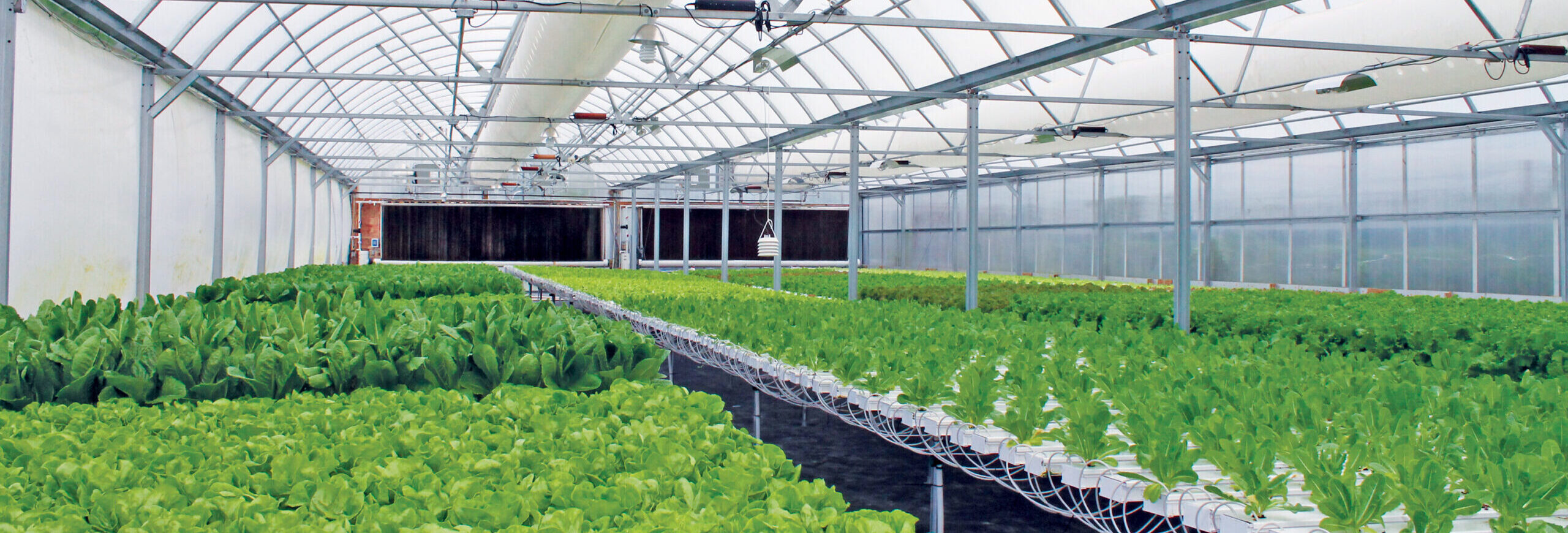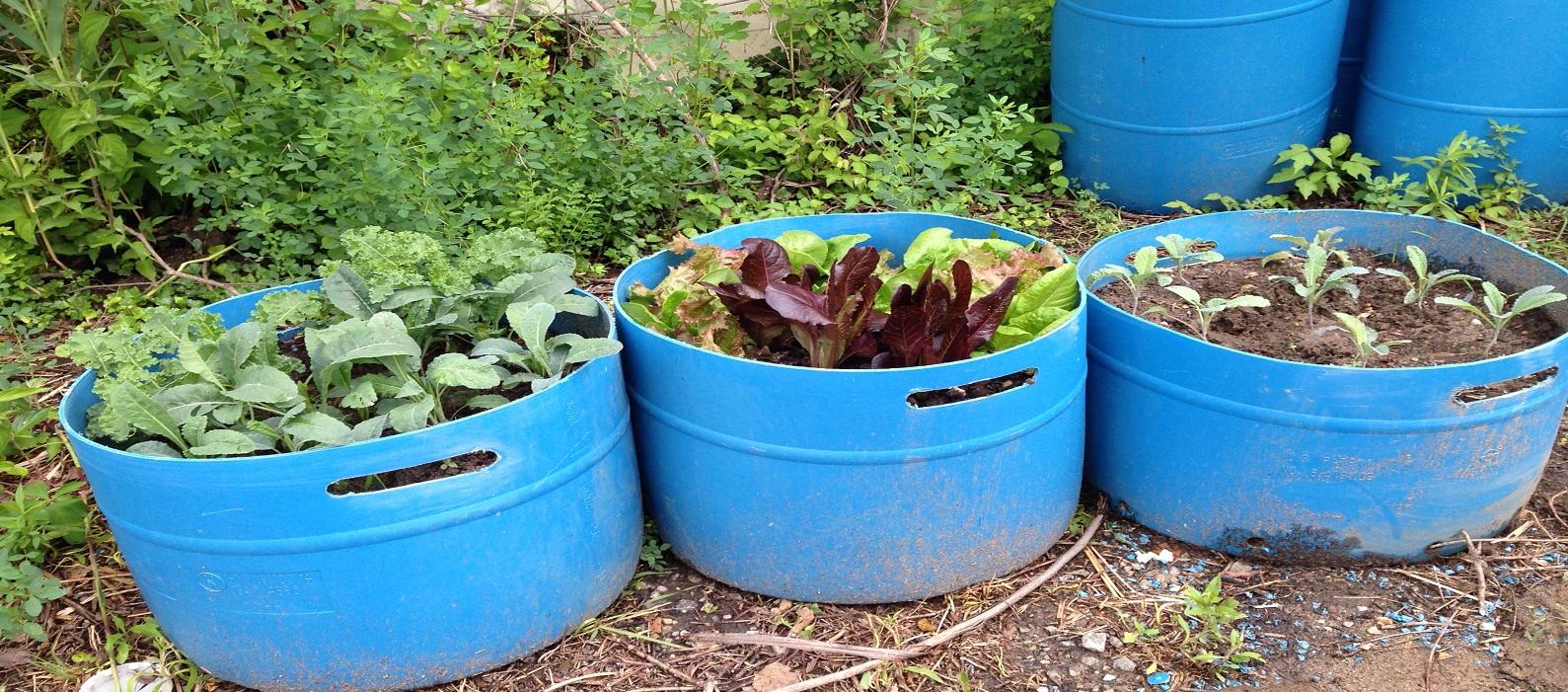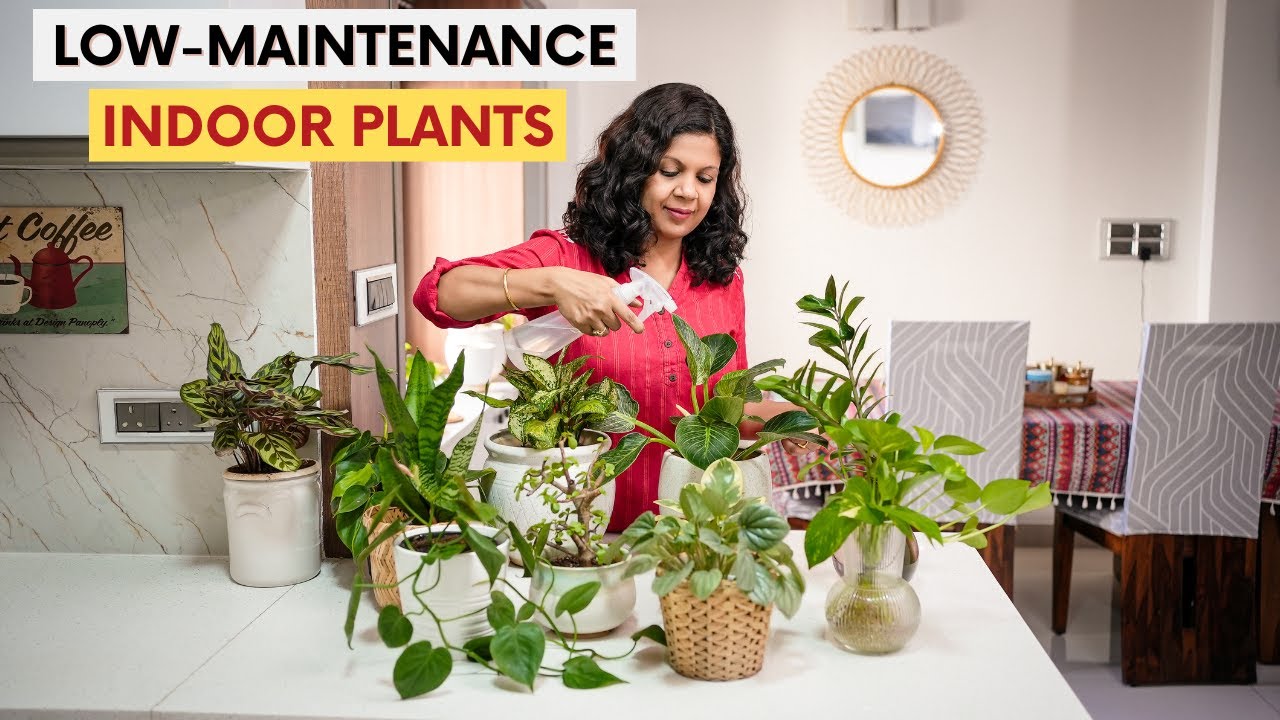Hydroponics is a method of growing plants in a nutrient-rich water solution, without the use of soil. This technique has gained popularity in recent years due to its many benefits, including increased crop yields, reduced water usage, and the ability to grow plants in controlled environments.
How Does Hydroponics Work?
In hydroponic systems, plants are grown in a soilless medium, such as rock wool, coconut coir, or expanded clay pebbles. The roots are suspended in a nutrient-rich water solution that provides all the essential nutrients for plant growth.
There are several different hydroponic systems, including:
- Deep Water Culture (DWC): Plants are suspended in a nutrient solution.
- Nutrient Film Technique (NFT): A thin film of nutrient solution flows over the roots.
- Aeroponics: Plant roots are misted with a nutrient solution.
- Drip Irrigation: Nutrient solution is delivered to the roots through a drip system.
Benefits of Hydroponics
- Increased Yield: Hydroponic systems can produce higher yields in a smaller space.
- Reduced Water Usage: Hydroponics uses significantly less water than traditional soil-based agriculture.
- Year-Round Production: Hydroponic systems can produce crops year-round, regardless of the climate.
- Pest and Disease Control: Hydroponic systems can be more easily controlled to prevent pests and diseases.
- Nutrient Control: Nutrient levels can be precisely controlled to optimize plant growth.
Challenges of Hydroponics
- Initial Investment: Hydroponic systems can be expensive to set up.
- Technical Expertise: Hydroponics requires a good understanding of plant nutrition and water chemistry.
- Energy Consumption: Hydroponic systems can require significant energy input, particularly for lighting and water pumps.
Despite these challenges, hydroponics is a promising technology that has the potential to revolutionize agriculture. As technology continues to advance, hydroponic systems are becoming more efficient and affordable, making them a viable option for both commercial and home growers.



